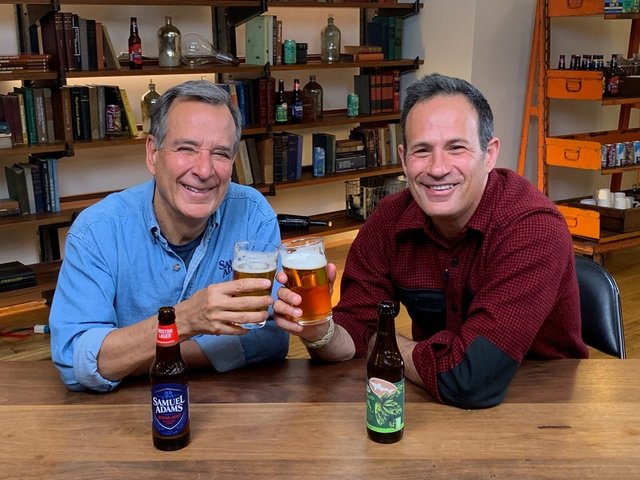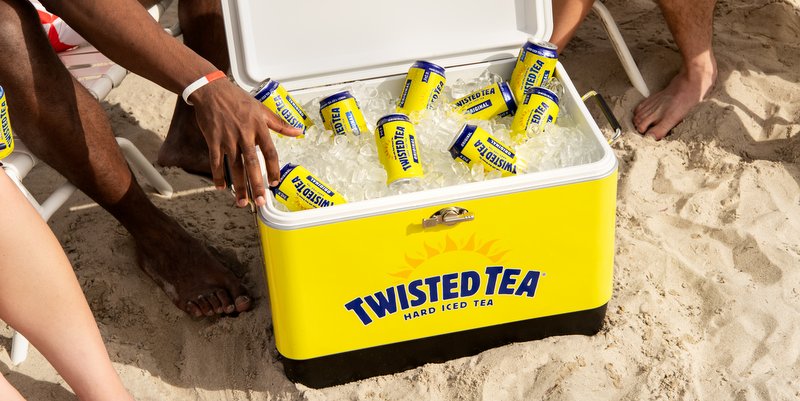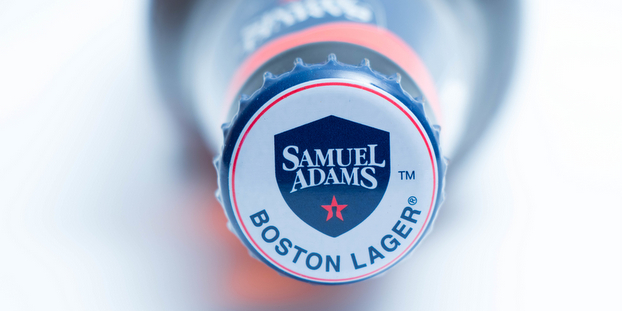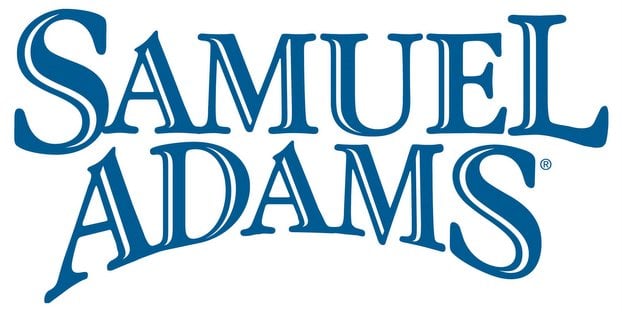
Earnings reports of companies the size of Boston Beer Co. are wild. Consider that its fourth quarter 2019 net revenue came in at $301.3 million, an increase of $76.1 million or 33.8 percent from the fourth quarter of 2018. Looks good! The report attributes this to an increase in shipments of 31.7 percent.
But then you read that their net income in that fourth quarter was only $13.8 million, a decrease of $8.0 million from the fourth quarter of 2018. I mean, that’s still a lot of scratch, but sheesh. They chalk up this decrease to increases in advertising, promotional and selling expenses and lower gross margins.
Oh, and for the full-year 2019, net revenue was $1.25 billion, an increase of $254.2 million, or 25.5%, from the comparable 52-week period in 2018.
Dogfish Head impact
Remember when they bought Dogfish Head Brewery? In 2019, non-recurring Dogfish Head transaction-related expenses of $10.0 million were partially offset by Dogfish Head operating income of $6.9 million. Excluding this $3.1 million net unfavorable impact, the company’s operating income for 2019 was $148.0 million, an increase of $32.1 million or 27.7% from the comparable 52-week period in 2018.
“We are making good progress on the Dogfish Head integration and have merged our sales forces and our business processes and systems,” noted Jim Koch, Chairman and Founder of the company. “We have learned a lot from each other, as we have merged our teams, culture, values and innovation capability. Collectively, we are thankful to our outstanding coworkers for their focus and diligence and our distributors, retailers and drinkers, all of whom helped the company to achieve double digit volume growth for the seventh consecutive quarter.”
Reported depletions increased 25% and 22% from the 13 and 52-week comparable periods in the prior year. Excluding the addition of the Dogfish Head brands, depletions increased 19% and 19%, from the 13 and 52-week comparable periods in the prior year, respectively.
Reported shipments increased 31.7% and 23.8% from the 13 and 52-week comparable periods in the prior year. Excluding the addition of the Dogfish Head brands beginning July 3, 2019, shipments increased 25.6% and 20.8%, from the 13 and 52-week comparable periods in the prior year, respectively.
“Our depletions growth in the fourth quarter was the result of increases in our Truly Hard Seltzer and Twisted Tea brands and the addition of the Dogfish Head brands, partly offset by decreases in our Samuel Adams and Angry Orchard brands,” stated Dave Burwick, the Company’s President and CEO.
Teas and seltzers up, ciders down
Twisted Tea continues to generate consistent double-digit volume growth, even as new entrants have been introduced and competition has increased.
Angry Orchard’s volume has declined against the 2018 national roll out of Angry Orchard Rosé, but Angry Orchard continues to maintain more than a 55% market share in hard cider.
“The cider category continues to be challenged and we are working to return Angry Orchard to growth through continued packaging, innovation, promotion and brand communication initiatives,” Burwick said.
“During the fourth quarter, as we increased our brand spend, we also made investments in our supply chain to ensure that we are prepared for increased competitive activity in the hard seltzer category,” continued. “We have invested to increase our can and automated variety pack capacity, but these capacity increases keep on getting eclipsed by our depletions growth, resulting in higher than expected usage of third-party breweries.
“Meeting these higher volumes while installing new capacity has a negative impact on our gross margins. To address this, we’ve started a comprehensive program to transform our supply chain with the goal of making our integrated supply chain more efficient, reduce costs, increase our flexibility to better react to mix changes, and allow us to scale up more efficiently.”
They expect this program to run for two to three years and begin showing margin improvement by the first half of 2021.
“For 2020, we are targeting 15% to 25% volume growth and a significant increase in our operating income,” Burwick said. “We expect first quarter shipments growth to be significantly higher than depletions as we continue to manage our supply chain and capacity to ensure that our distributor inventory levels adequately support drinker demand for our brands during the peak summer months.”
2020 Outlook
- Depletions and shipments percentage increase of between 15% and 25%.
- National price increases of between 1% and 3%.
- Gross margin of between 49% and 51%.
- Increased investment in advertising, promotional and selling expenses of between $80 million and $90 million. This does not include any changes in freight costs for the shipment of products to the Company’s distributors.
- Non-GAAP effective tax rate of approximately 27%, excluding the impact of ASU 2016-09.
- Estimated capital spending of between $135 million and $155 million, which could be significantly higher, if deemed necessary to meet future growth.





Michael Millar says
Hard to think of a $1B/yr business as a craft brew at this point.